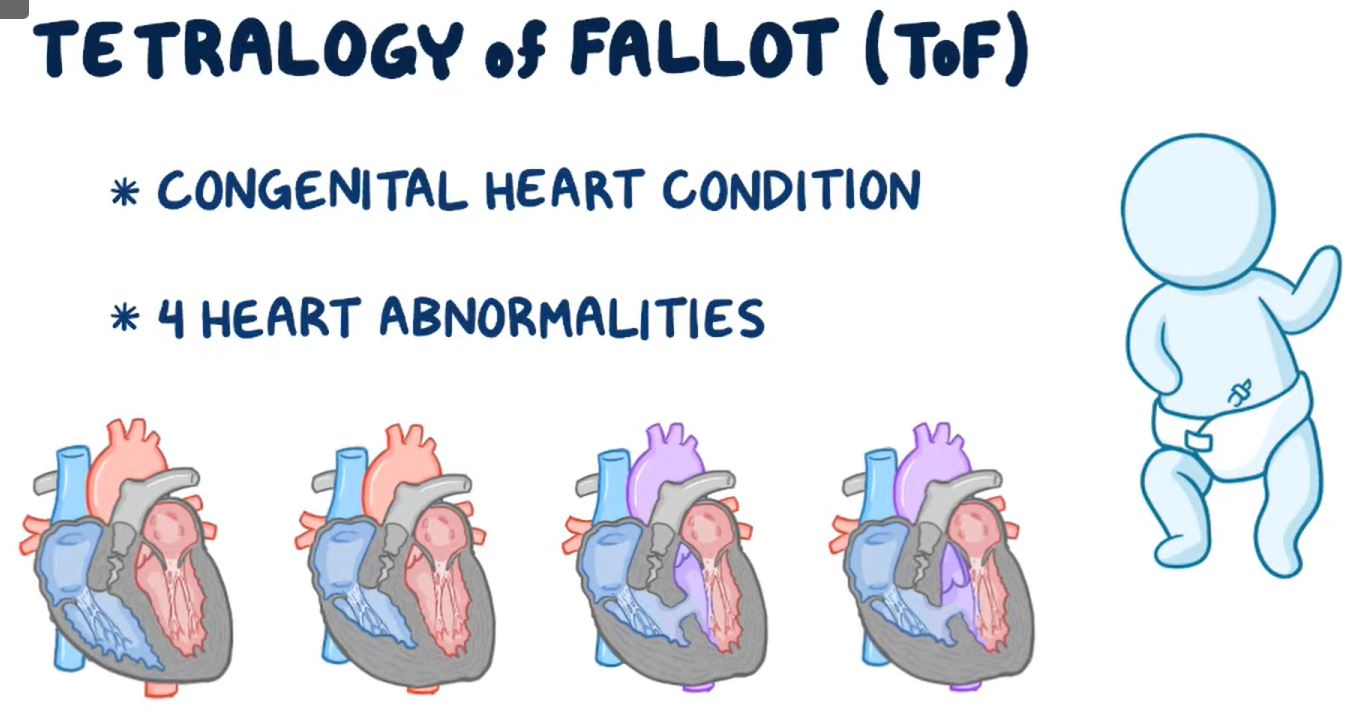This Article supports SDG 3 by finding, through a systematic review and meta-analysis of 135 studies, high prevalence of common mental disorders during the perinatal period (pregnancy and post-partum) among migrant women - eg, a 24.2% prevalence of depressive disorders. The authors note that mental health should be discussed and assessed in this population (ie, migrant women in maternity settings), and other social determinants of mental illness in this population need to be addressed (eg, poor social support).
Nuclear desalination is an important non-electric application of nuclear power and heat, having strong interlinkages and alignment with sustainable development, climate change management (both mitigation and adaptation), and water security.
An examination of the challenges involved in water demand forecasting, with a particular focus on the impact of COVID-19 on the performance of various machine learning models designed for this purpose.
Elsevier,
Clinical Decision Support and Beyond (Third Edition)
Progress and Opportunities in Knowledge-Enhanced Health and Healthcare
2023, Pages 707-714
Clinical Decision support provides an effective tool to minimize many of the drivers of health disparities in healthcare. There is promising evidence that these tools can serve to promote equity across the healthcare spectrum supporting SDG 3. However, future iterations require a focus on equity from the start and inclusive and sustainable development, implementation, and evaluation practices.
Elsevier,
Emerging Practices in Telehealth
Best Practices in a Rapidly Changing Field
2023, Pages 163-182
The need and opportunities for global health strategies to leverage the power of digital health technology to improve healthcare outcomes are growing. Telehealth and other digital health products and services are becoming increasingly important in this effort, and methodical strategies should be used to evaluate the need, application, integration, maintenance, and scaling of such solutions. With the correct attention upon these areas, digital health can serve as a catalyst to improve healthcare outcomes and reduce disparities across the world, supporting SDG3.
This content aligns with Goal 3: Good Health. Infectious hepatitis during childhood is classified both for clinical and academic purposes as acute or chronic, the latter carrying the highest burden of morbidity and mortality.
This content aligns with Goal 3: Good Health and summarizes and highlights the principles of therapy for AIH of importance to pathologists.
This article relates to SDG 3. This resource, created together by Osmosis and the National Organization for Rare Diseases (NORD), aims to increase the knowledge and awareness about retroperitoneal fibrosis, an inflammatory condition in which fiber-like tissue accumulates behind the peritoneum and causes lower back pain.
This article related to SDG 3. This resource, created together by Osmosis and the National Organization for Rare Diseases (NORD), aims to increase the knowledge and awareness about Tetralogy of Fallot, the single most common form of congenital heart disease that causes cyanosis (bluish discoloration from lack of oxygen).
This content aligns with Goal 3: Good Health and Wellbeing by highlighting hepatic manifestations of HIV infection.


